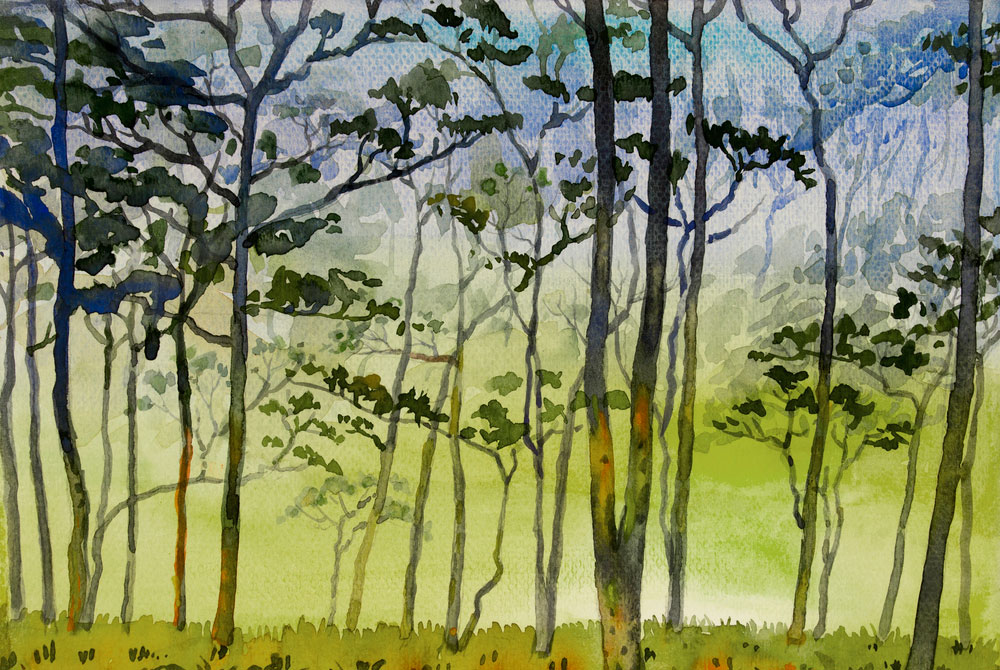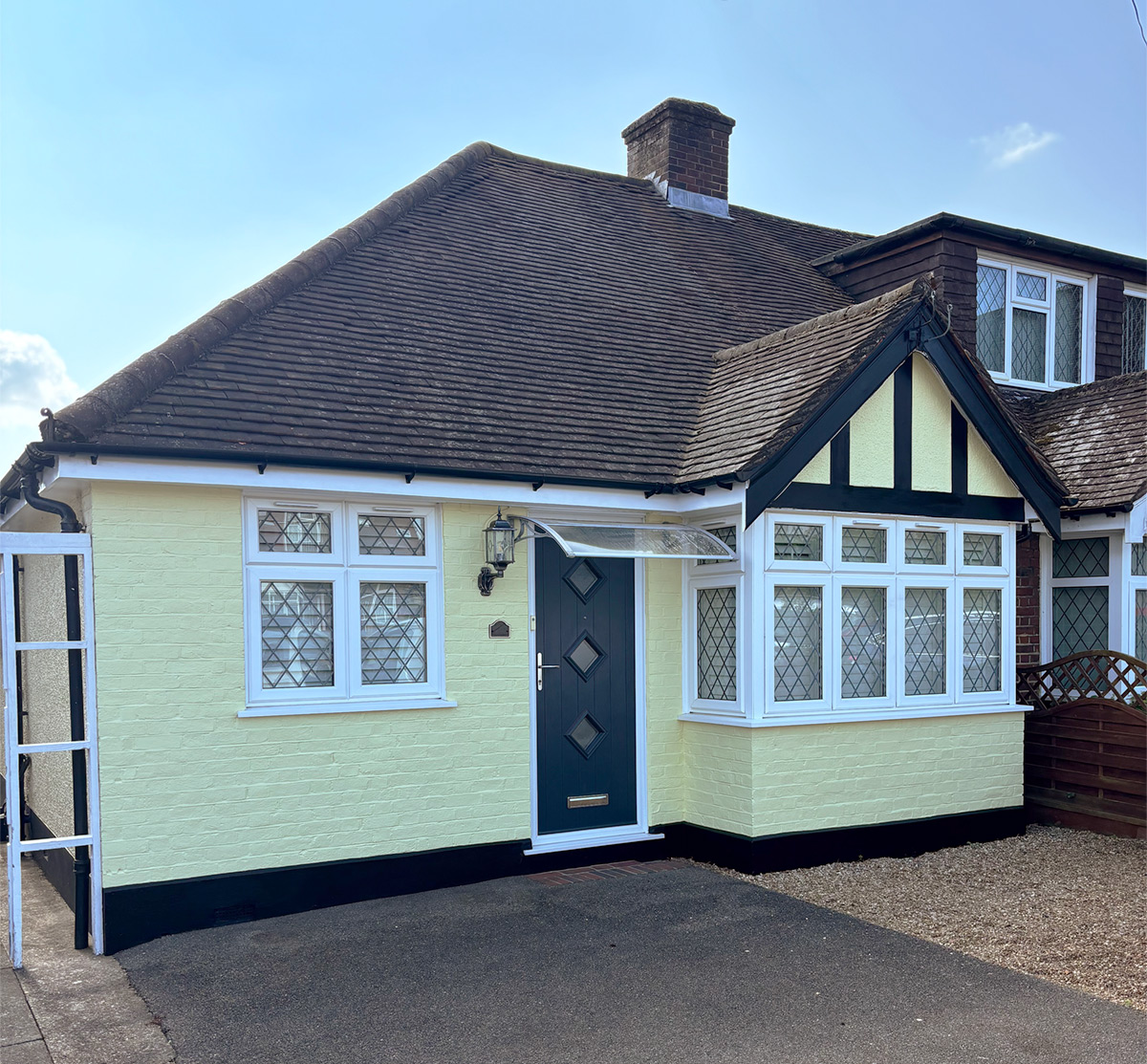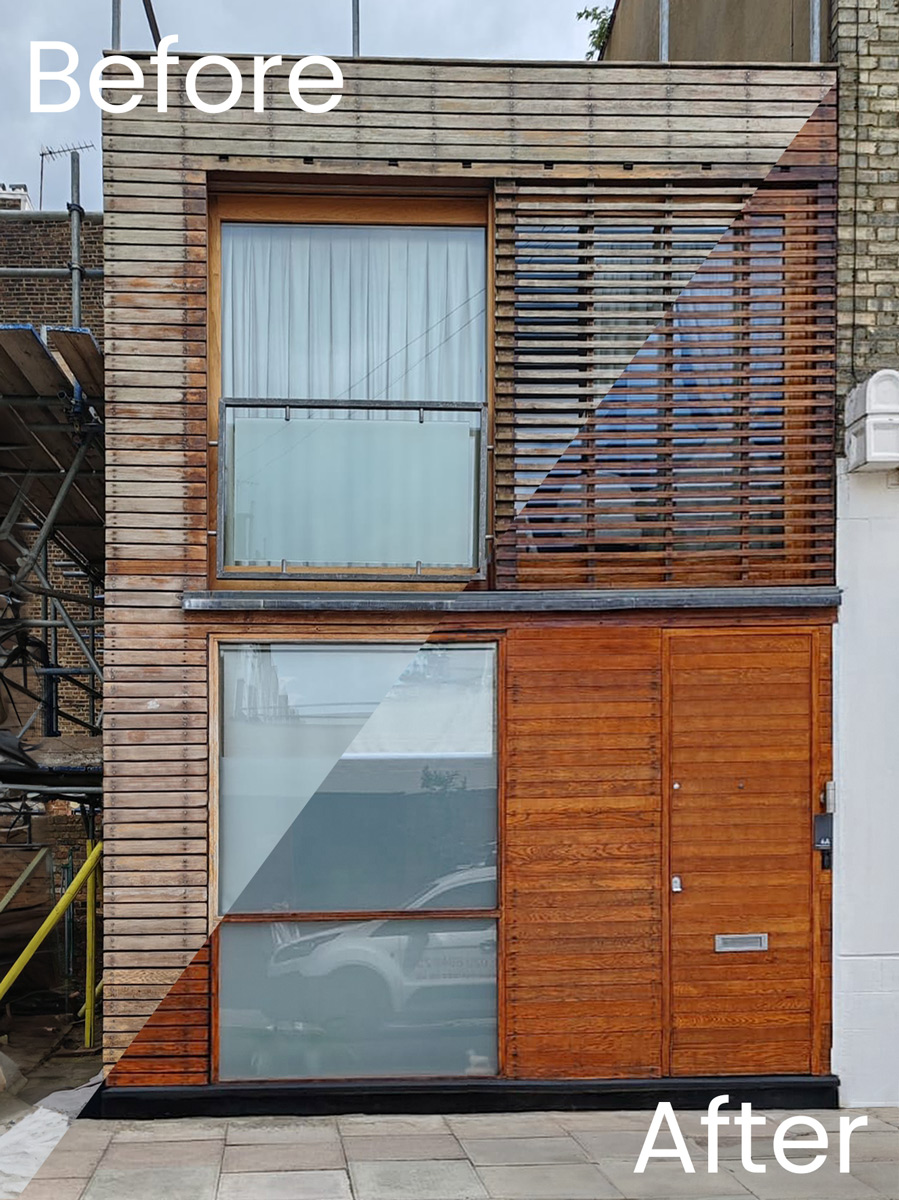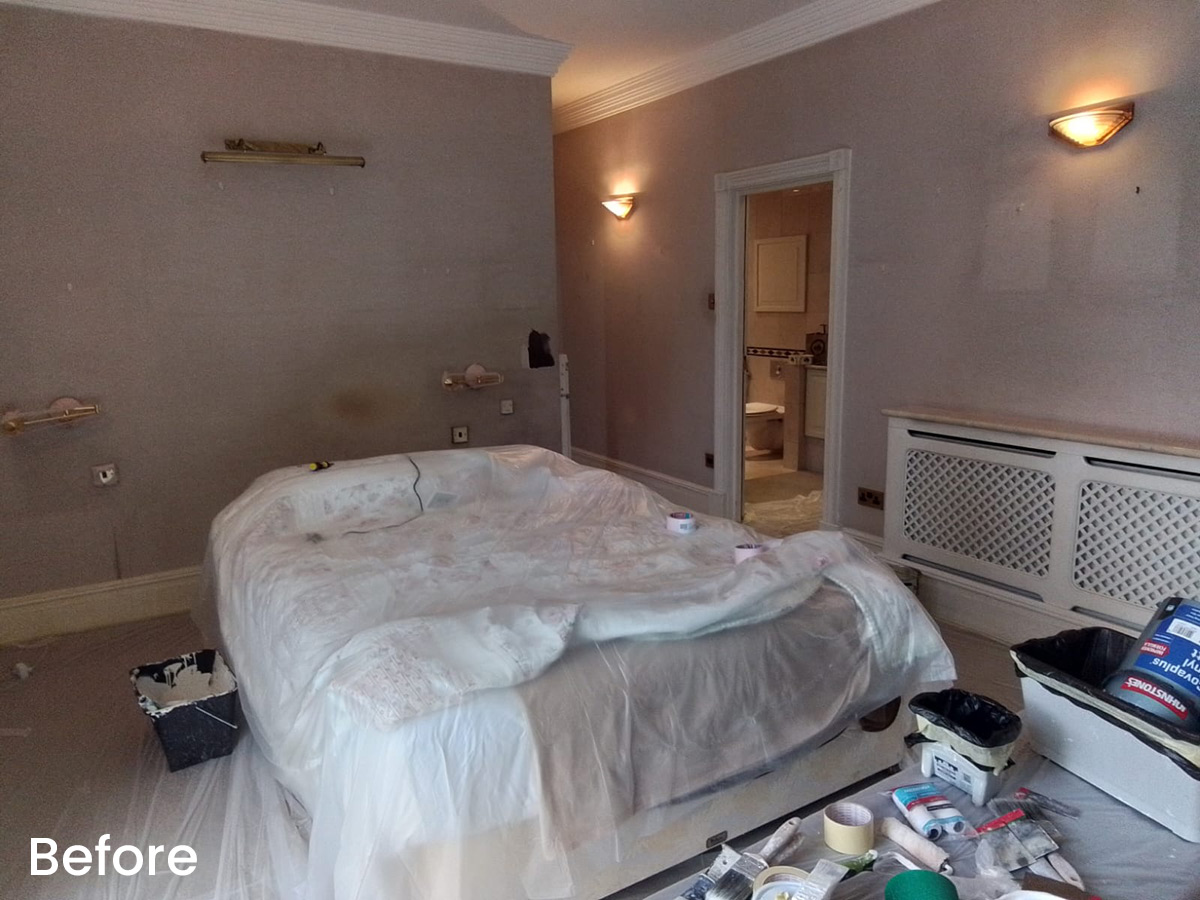There’s something quite magical about walking into a room and feeling like it’s larger than it is – or that there’s a window where none exists. At MJ Kloss, we believe decorating doesn’t have to follow the straight and narrow. With the right use of paint and a splash of imagination, you can create illusions that surprise, delight, and even deceive the eye. Optical illusion painting is where artistry meets interior design, and the result? Pure visual alchemy.
Seeing Beyond the Wall
At its core, optical illusion painting is all about altering perception. Using techniques that play with perspective, colour, and geometry, we can trick the brain into seeing something that isn’t quite there – or perhaps seeing something differently. It’s a bit like convincing your mind that your wall has depth when, in truth, it’s as flat as a pancake.
These illusions aren’t just clever party trick – they can completely transform how a space feels. Small rooms appear more spacious, awkward corners become talking points, and dull walls morph into show stopping features. It’s a way of adding character without clutter, movement without mess.
Tried and True Techniques That Work Wonders
One of the most captivating approaches is trompe-l’œil, a French phrase that means “to deceive the eye”. It does exactly that. With realistic painting—think fake windows, doors that lead to nowhere, or balustrades overlooking imagined gardens—you can breathe new life into bland walls.
Geometric patterns are another favourite. These aren’t just trendy they’re transformative. With the clever placement of shapes and lines, you can suggest motion, depth, or even architectural structure. A zig-zag here, a spiral there, and suddenly your walls are doing a little dance.
Or consider gradients and ombré effects. These subtle colour shifts mimic natural light and shadow, tricking the eye into perceiving dimension. Want your ceiling to feel higher? A soft fade from dark to light can lift it visually. Want a feature wall that pulls you in? A gentle gradient can do just that.
Perspective lines also deserve a mention. When painted correctly, they guide the viewer’s eye, elongating hallways or drawing attention to a central feature. It’s like giving your room a new lens through which to be admired.
Inspiration from the Masters
If you’re after a little inspiration, look to some of the great illusionists of the art world. Works by Rob Gonsalves are known for blending architectural elements with landscapes, creating seamless transitions that challenge perception. Charles Allan Gilbert’s All Is Vanity cleverly doubles as both a woman at her mirror and a haunting skull – proof that perception is everything. Salvador Dalí, ever the surrealist, played endlessly with double imagery in paintings like Apparition of Face and Fruit Dish on a Beach. And Patrick Hughes’ “reverspective” works challenge the very idea of space by using physical depth to invert what we expect to see. These examples aren’t just visually arresting – they’re a masterclass in how far illusion can go.
Making It Work in the Real World
Of course, you can’t just throw a bunch of lines on the wall and call it a masterpiece. Like any good design, balance is key. Optical illusions work best when they’re part of a considered scheme. They’re a bit like the herbs or spices in the stew – used well, they bring everything together into a culinary masterpiece, but if done badly, they can ruin the effect you were trying to achieve else.
If you’re working with a compact living room, for instance, a single feature wall with a perspective trick can create the feeling of space without overwhelming the area. In bedrooms, softer illusions like painted landscapes or ombré skies can add depth while still promoting calm. Hallways are a great place to experiment—subtle line work can elongate the space and add interest to an otherwise functional area.
In commercial spaces, illusions can be both practical and punchy. Want to direct foot traffic? A visual path painted on the floor can do it. Want a shopfront that stops people in their tracks? A three-dimensional mural might be just the ticket.
The trick is to let the illusion be the star without stealing the whole show. Pair bold illusions with simple furniture, or complement geometric patterns with soft, textured fabrics. Neutral tones in the furnishings allow the painted effects to sing, while good lighting – natural or artificial – will amplify the illusion.
Our Approach at MJ Kloss
Our team at MJ Kloss doesn’t believe in one-size-fits-all solutions. Every illusion we create is bespoke, tailored to the client, the space, and the mood they’re after. Whether you’re after something whimsical, architectural, or mind-bending, we’ll guide you through the design process and bring the vision to life with expert precision.
Our team works with the highest quality materials to ensure your illusion is as durable as it is dazzling. And once it’s up, we’ll show you how to care for it – because even magic needs a bit of maintenance.
Expression
In the world of decorating, optical illusions are a refreshing departure from the ordinary. They offer a way to express personality, create drama, and stretch the boundaries of what your home can feel like. Whether you’re after subtle sophistication or full-on fantasy, there’s room for illusion in every space.
So if your walls are crying out for something different – something bold, witty, or simply surprising – why not give them a twist? You bring the vision. We’ll bring the magic.
Want to explore the possibilities? Get in touch for a consultation or browse our website to see how we’ve helped others see their spaces in a whole new way.





